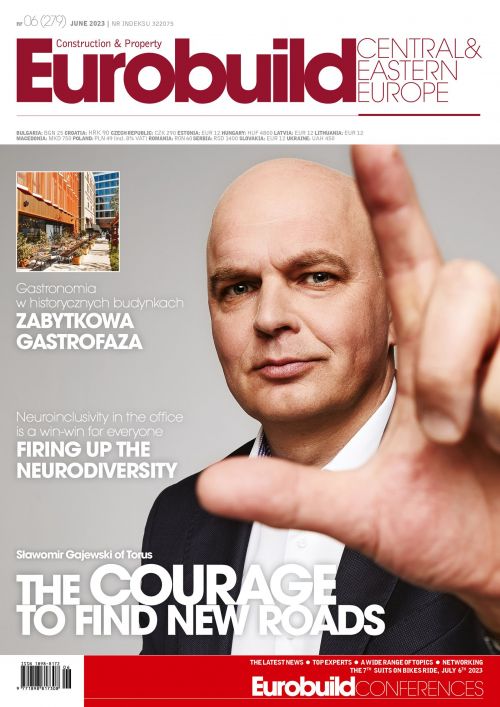Conversion and renovation projects are often conceived as mixed-use, place-making developments. This was certainly the idea behind such Warsaw projects as Elektrownia Powiśle (developed by Tristan Capital Partners and White Star Real Estate), Centrum Praskie Koneser (BBI Development), Browary Warszawskie (or Warsaw Breweries, by Echo Investment) and Norblin Factory (or Fabryka Norblin, by Capital Park). Vastint also has similar plans for Stara Rzeźnia in Poznań, as does Echo Investment for Fuzja in Łódź. The starting point for these developments are their historical features, but sometimes it’s the old buildings themselves, some of which have been literally rebuilt from ruins, that provide the real magic.
“The cuisine offered in such projects is attractive to everyone, not just local residents or office workers. This is what has turned such places as Browary Warszawskie and Fuzja into attractions for the entire city, including tourists. Catering, which links all such































































